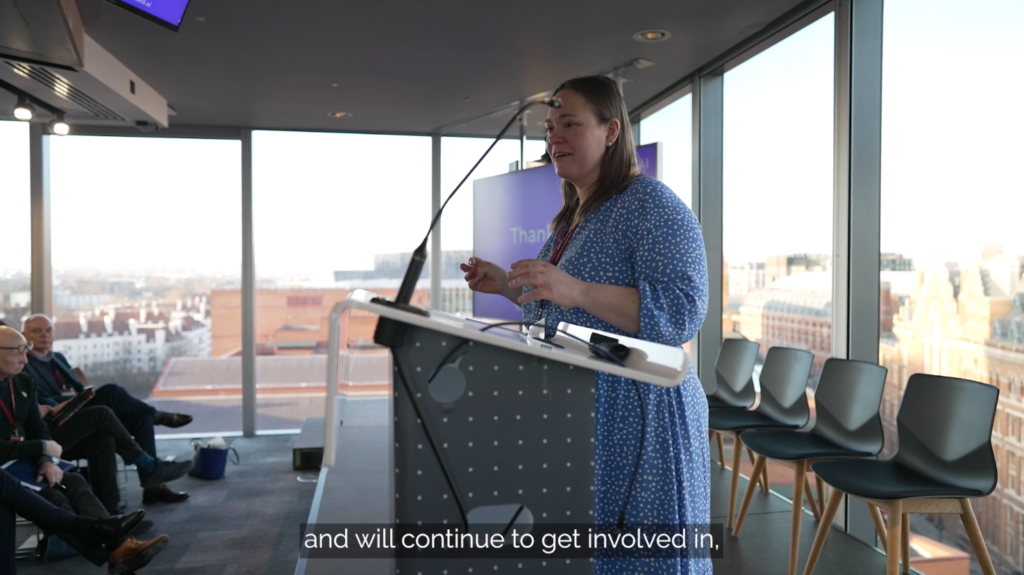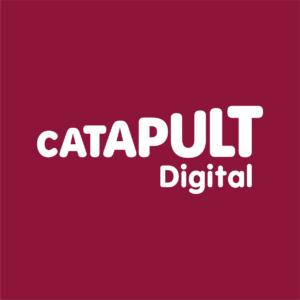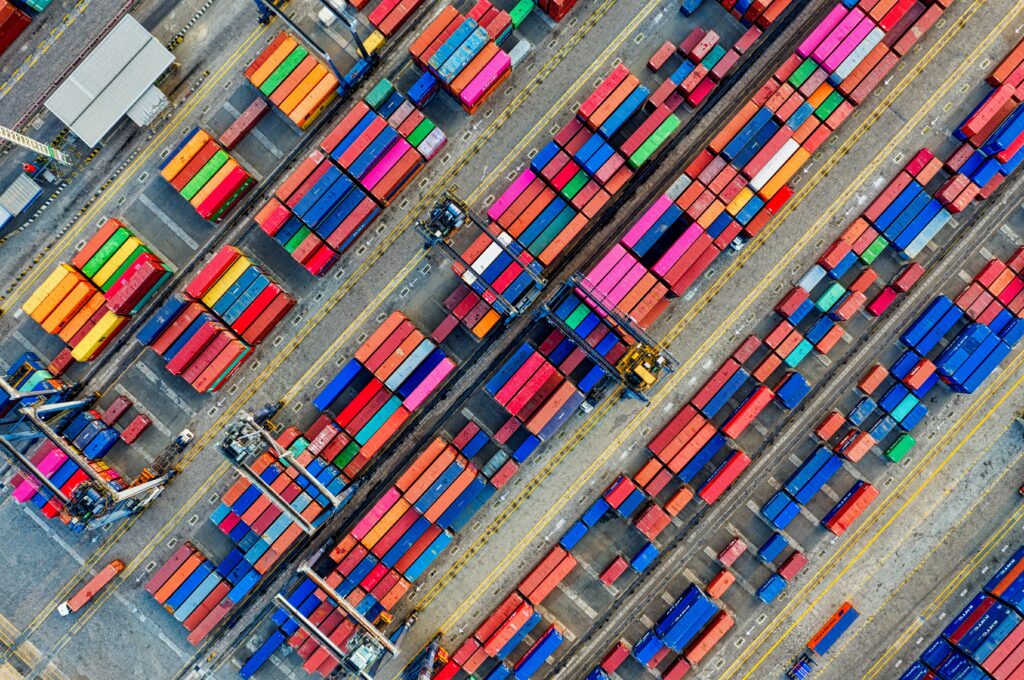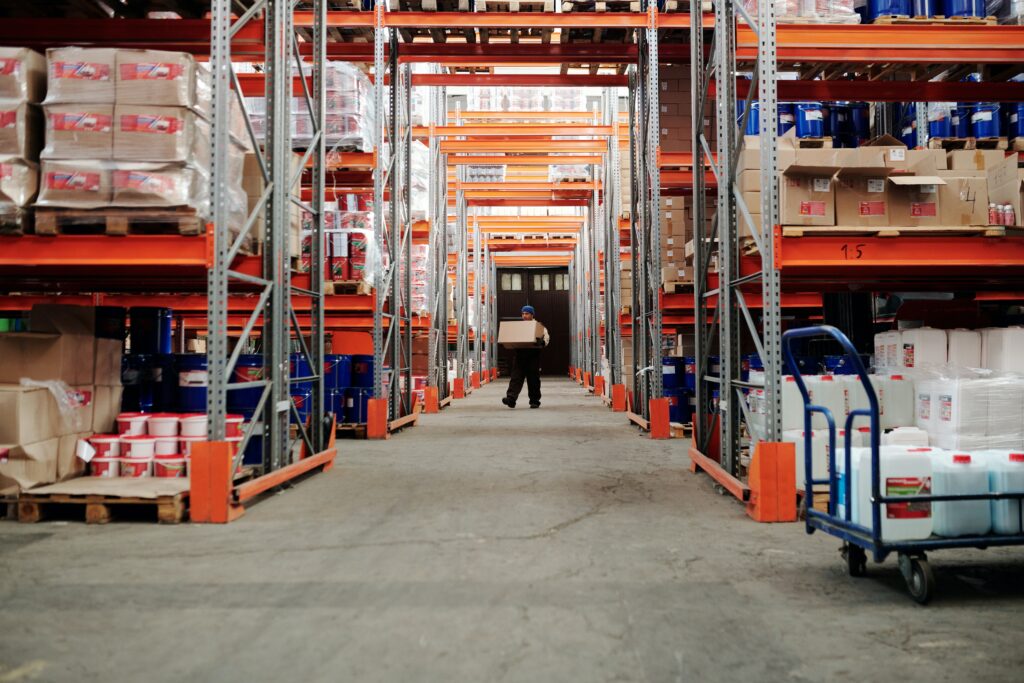Versed AI worked with BAE Systems to identify multi-tier supply chain relationships using natural language processing and machine learning technology as part of the Made Smarter Innovation | Digital Supply Chain Hub programme.
Supply chain mapping is the process of identifying and visually representing the flow of goods, information, and money through a supply chain, from the source of raw materials to the final destination of the product or service. It involves mapping out the various stages and participants involved in the supply chain, as well as the relationships and interactions among them.
Supply chain mapping is an important tool for understanding and managing the risks and opportunities associated with a supply chain, such as:
- Identifying vulnerabilities: Mapping the supply chain can help to identify potential vulnerabilities and risks, such as supply disruptions, quality issues, or ethical concerns, and to develop contingency plans to mitigate these risks.
- Enhancing transparency: Mapping the supply chain can help to enhance transparency and visibility into the supply chain, including the sources of raw materials, the production processes, and the distribution channels.
- Improving efficiency: Mapping the supply chain can help to identify inefficiencies and bottlenecks, and to develop strategies to improve the speed, reliability, and cost-effectiveness of the supply chain.
- Supporting sustainability: Mapping the supply chain can help to identify opportunities to improve the sustainability of the supply chain, such as reducing carbon emissions, improving working conditions, and promoting ethical sourcing.
Supply chain mapping can be a complex process, especially for large and global supply chains, which may involve multiple tiers of suppliers and subcontractors. Mapping may involve the use of various tools and technologies, such as data analytics, mapping software, and stakeholder engagement platforms. Effective supply chain mapping requires collaboration and communication among all participants in the supply chain, as well as a commitment to transparency and sustainability.




